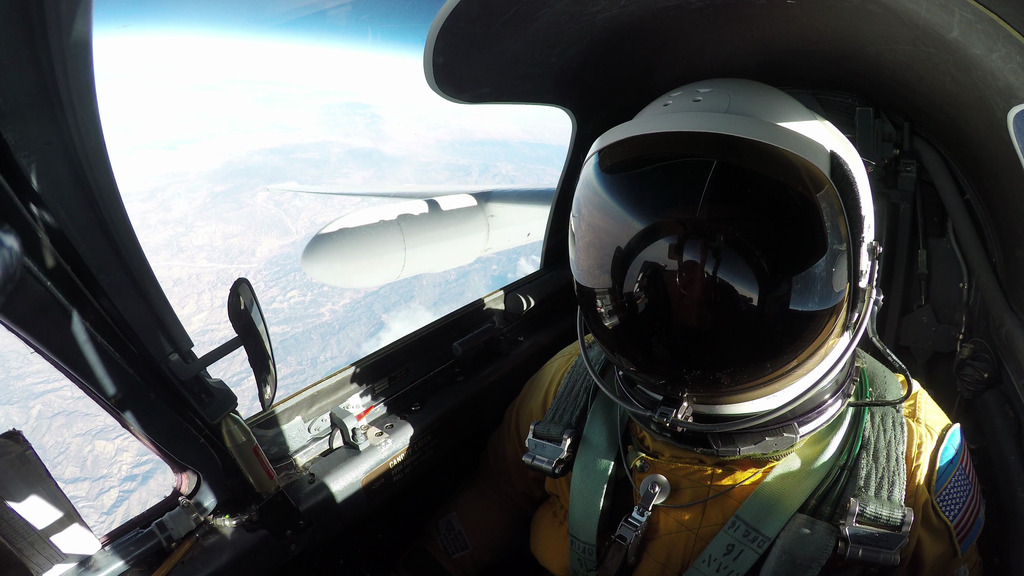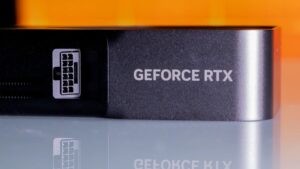
NASA’s cutting-edge technology is taking to the skies over the American West, identifying potential sources of critical minerals essential for national security and economic stability. This ambitious mission spans vast areas of California, Nevada, and other Western states, with pilots flying at altitudes twice as high as commercial jets.
In a collaboration with the U.S. Geological Survey (USGS), NASA is leveraging its expertise in planetary mapping, honed since the Apollo era, to focus on Earth. The mission aims to locate minerals crucial for the U.S. economy, reducing dependency on imports of 50 critical minerals, including lithium and rare earth elements.
Mapping the Mineral-Rich Landscapes
The barren hills of Cuprite, Nevada, offer a unique testing ground for NASA’s mineral-mapping technology. Resembling Martian terrain, these hills have been a magnet for prospectors for over a century. Robert Green, a senior research scientist at NASA’s Jet Propulsion Laboratory, has been refining instruments here for decades.
Green’s latest project involves mapping rocky surfaces across the American West, searching for minerals vital to the nation’s economy and security. The collaboration, known as GEMx (Geological Earth Mapping Experiment), is likely the largest airborne spectroscopic survey in U.S. history, covering over 190,000 square miles since 2023.
The Legacy of NASA-USGS Partnerships
The GEMx mission is the latest chapter in a long-standing partnership between NASA and USGS. This collaboration dates back to the early days of the space race, with geologic maps of the Moon aiding Apollo mission planners in selecting landing sites. Today, this partnership continues with the Artemis mission, preparing astronauts for future lunar exploration.
Geophysicist Raymond Kokaly, leading the GEMx campaign for USGS, uses ground-based hyperspectral imaging to validate airborne data. This ensures that the observations made by NASA’s high-altitude aircraft align with reality on the ground.
Innovative Imaging Technology
At the heart of GEMx is imaging spectroscopy, a technology pioneered by NASA’s Jet Propulsion Laboratory in the 1980s. The AVIRIS-Classic spectrometer, central to the mission, detects the unique molecular fingerprints of minerals, offering insights into the composition of Earth’s surface.
Unlike standard digital cameras, which capture three color channels, imaging spectrometers can detect over 200 channels, including infrared wavelengths invisible to the human eye. This technology has been instrumental in exploring rocky bodies throughout the solar system, from Saturn’s moon Titan to Pluto’s atmosphere.
Advancements in Spectroscopy
The GEMx mission is set to continue through 2025, with over 200 hours of scheduled flights. During these missions, NASA’s ER-2 research aircraft will soar over the Western U.S., equipped with both the AVIRIS-Classic and its successor, AVIRIS-5.
AVIRIS-5 represents a significant leap forward, offering 10 times the performance of its predecessor. It can sample areas ranging from 30 feet to less than a foot, providing unprecedented detail in mineral mapping.
“The newest generation of AVIRIS will more than live up to the original,” said Robert Green, highlighting the instrument’s capabilities.
Future Implications and Data Utilization
The GEMx project, funded by the USGS Earth Mapping Resources Initiative, will last four years. It aims to harness NASA’s expertise in spectroscopic imaging and data analysis to extract critical mineral information from the gathered datasets.
Data collected by GEMx will be crucial for understanding and utilizing domestic mineral resources, potentially reducing the nation’s reliance on imports. This initiative reflects a broader trend of using space technology to address terrestrial challenges, bridging the gap between planetary exploration and Earth-based applications.
As the mission progresses, the data will be made available to researchers and policymakers, informing strategies for sustainable mineral resource management in the U.S.







